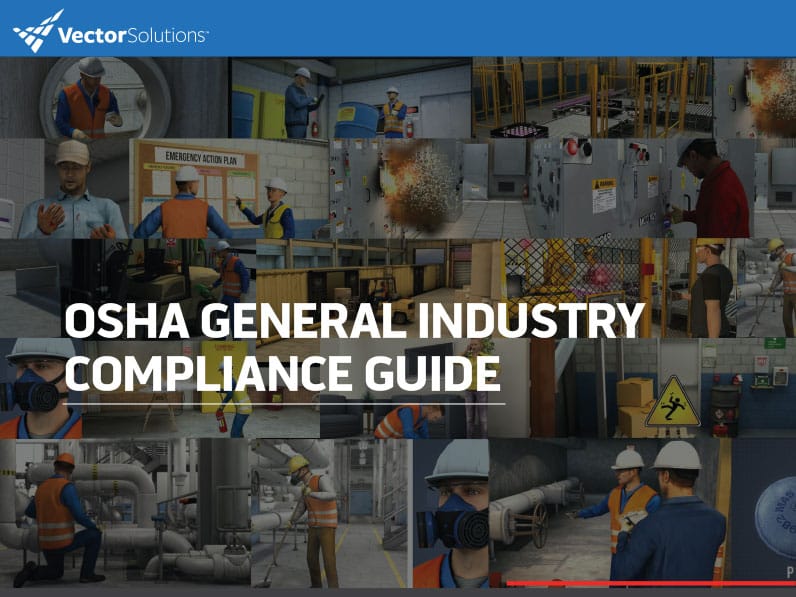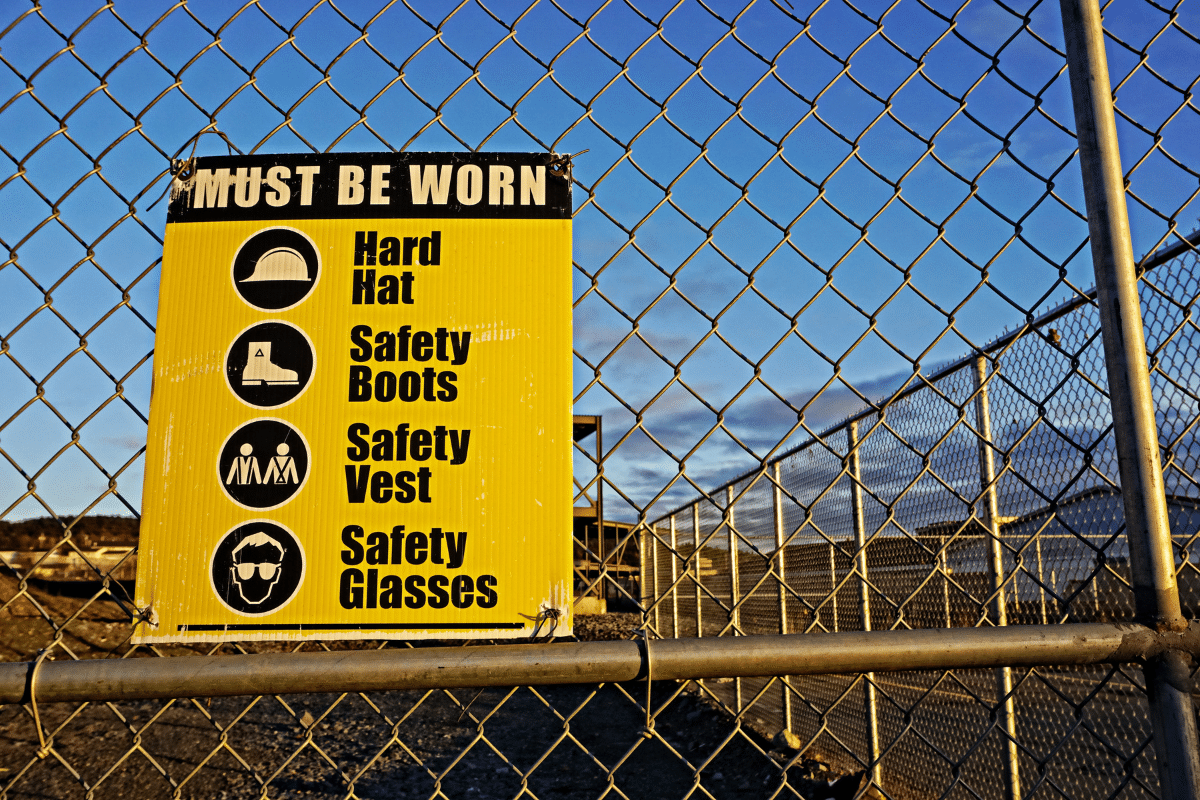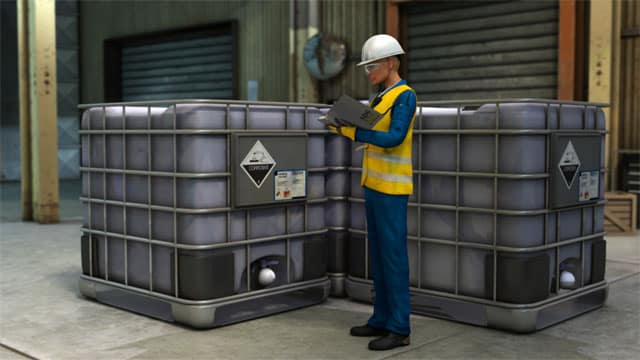July 16, 2018 2 min read
OSHA Basics: Vertical and Horizontal Standards
Industry:
Solution:
Here’s another one of our OSHA Basics series of articles.
In this one, we’re going to explain what a “vertical” standard is and what a “horizontal” standard is.
If that catches your attention or piques your curiosity, read on!

Vector EHS Management Software empowers organizations – from global leaders to local businesses – to improve workplace safety and comply with environmental, health, and safety regulations.
Learn more about how our software can save you valuable time and effort in recording, tracking, and analyzing your EHS activities.
Learn more about how we can help:
- Incident Management Software →
- EHS Inspection Software →
- Key Safety Metrics Dashboard →
- Learning Management System (LMS) and Online Training Courses →
- Mobile Risk Communication Platform
Download our EHS Management Software Buyer’s Guide.
Vertical and Horizontal Standards
Most OSHA standards are horizontal standards. That means they apply to all employers in any industry.
Some OSHA standards, however, are vertical standards. This means they apply to just a specific industry.
Horizontal Standards
Horizontal standards are the OSHA standards that apply to most workplaces.
Examples of horizontal standards include:
Vertical Standards
Vertical standards apply to specific industries or to particular operations, practices, conditions, processes, means, methods, equipment, or installations.
Examples of OSHA vertical standards include:
- OSHA’s 1926 Construction Standards
- OSHA’s 1915 Shipyard Standards
- The OSHA 1910 Subpart R Special Industries Regulations for pulp, paper, and paperboard mills; for textiles; for sawmills; and for other industries
When OSHA has a vertical standard that applies to a particular industry (or employer in that industry), then that standard takes precedence over any horizontal standard.
OSHA General Industry Compliance Guide
Compliance guidelines for the OSHA 1910/general industry standards.
Yes! I Want the Guide!
Conclusion: OSHA’s Vertical and Horizontal Standards
If you found this “OSHA Basics” article on OSHA’s vertical and horizontal standards helpful, you may also want to check out some of the following articles:
- OSHA Basics: Letters of Interpretation
- OSHA Basics: OSHA’s Consultation Services
- OSHA Basics: OSHA Directives
- OSHA Basics: OSHA Variances
- OSHA Basics: OSHA’s Vertical and Horizontal Standards
- OSHA Basics: OSHA’s Parts 1910 and 1926
- OSHA Basics: How OSHA Standards are Named and Numbered
- OSHA Basics: Incorporation by Reference (IBR)
- OSHA Basics: The OSHA Field Operations Manual
- OSHA Basics: OSHA’s Small Business Handbook
- OSHA Basics: The General Duty Clause-5.(a)(1)
- OSHA Basics: OSHA’s Special Industry Standards in Subpart R
- OSHA Basics: The OSHA Poster
- OSHA Basics: The Competent Person Role
- OSHA Basics: OSHA Penalties
- OSHA Basics: OSHA’s Yearly Top Ten Lists (Recent Years Overview)
- This three-article series on OSHA General Industry Compliance Requirements
- This three-article series on OSHA Inspections

















